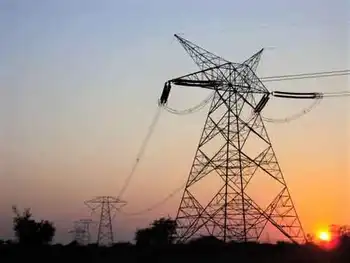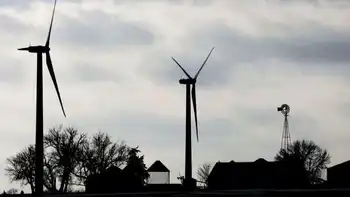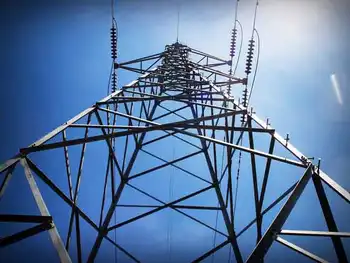Economic crisis slowing investment in renewables
By Reuters
Arc Flash Training CSA Z462 - Electrical Safety Essentials
Our customized live online or in‑person group training can be delivered to your staff at your location.

- Live Online
- 6 hours Instructor-led
- Group Training Available
IEA Executive Director Nobuo Tanaka told Reuters in an interview the sharp decline in the oil market, which has seen prices collapse by more than 70 percent from a peak of almost $150 per barrel last year was also slowing the search for new sources of oil as existing fields were depleted.
"Unfortunately we are seeing a deceleration occurring in the switch to renewables — and also nuclear — as both are very capital intensive," Tanaka said.
"While the economic slowdown itself serves to reduce CO2 emissions, if we don't invest now we will have serious problems in the future."
Tanaka said oil demand may already have peaked in the developed countries of the Organization for Economic Co-operation and Development (OECD) but failure to invest now in renewables could store up problems in the future.
"I don't see much chance it (demand) could come back now, but if we do not invest in renewables now, it could bounce back when the economy starts to grow again," he said.
The Paris-based IEA, which advises 28 industrialized countries, has said that even assuming no growth in oil demand, the world needs to bring on line an extra 45 million barrels per day of oil production by 2030 in order to compensate for declines in aging oilfields.
Tanaka said the world had sufficient reserves of oil available but investment needed to kick in soon in order to meet forecast demand.
"We are already seeing that decline rates are increasing, but if we don't invest now it will start to increase even more," he said. "The resources underground are there if we are prepared to invest."
Tanaka said earlier there could be an oil supply crunch from 2010 as global demand begins to recover.
He forecast world oil demand would rise by 1 million bpd, or about 1 percent, in 2010 as growth resumes outside the OECD.











